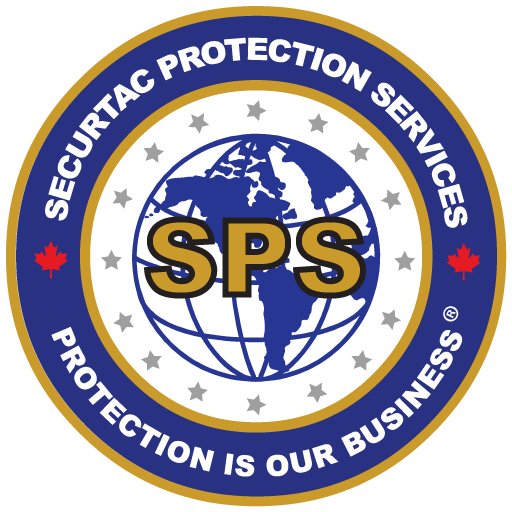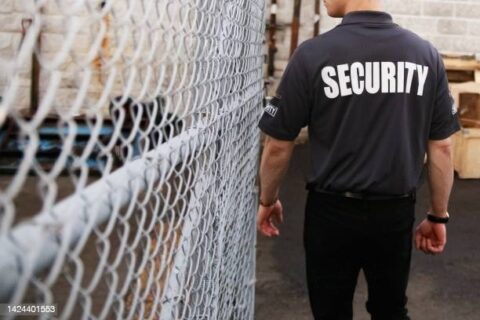Securtac’s Emergency First Aid CPR AED Course
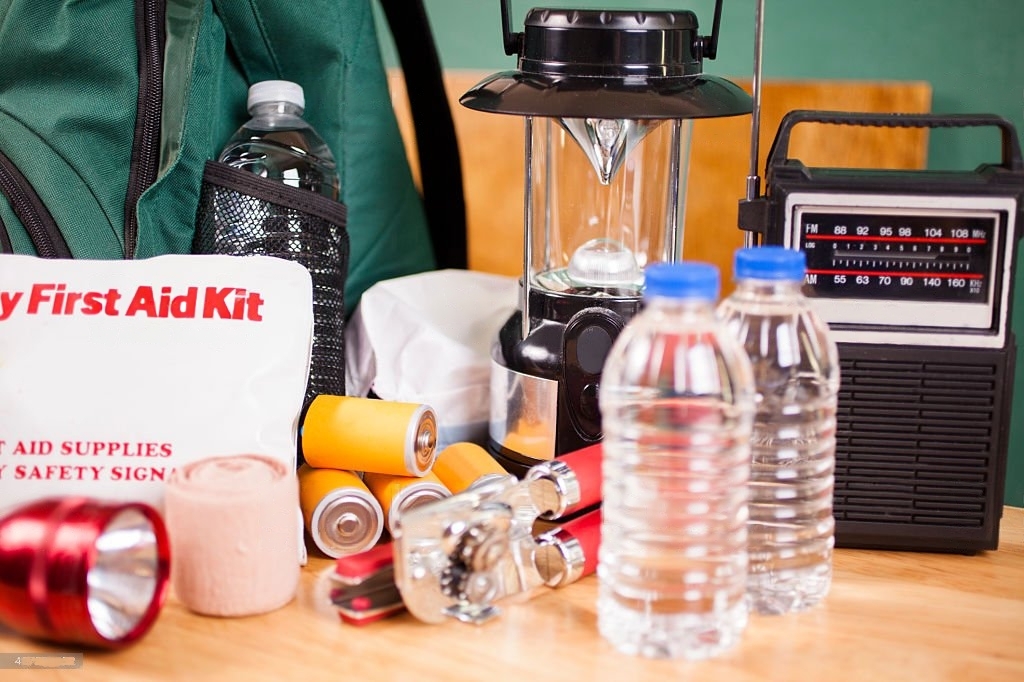
To become an Ontario security guard, you need to have two things. The first step is to complete a security guard training course from an accredited training entity licensed by the Ontario Ministry. Second, you need a valid First Aid CPR certificate. Luckily, you have come to the right place because, here at Securtac, we can help you in this process. Go ahead and check out our website.
Below we will explain the different levels of first aid & CPR and the importance it brings to security guards day to day job duties, its function, and how you can sign up for our first aid CPR with Automated External Defibrillator (AED) certification course.
Why First Aid & CPR Training is Essential for Security Guards:
First Aid & CPR training is a requirement for several careers, especially front-line workers and security guards. As in these fields, you’ll only get hired or be considered with this certification.
Securtac Protection Services offers first aid CPR with AED courses and corporate training for businesses and their employees. We’ll talk about our course and how you can sign up quickly, so wait to stop reading!
You’ll need a valid CPR certificate when doing an Ontario security guard training course. However, if you don’t have it, you’ll need to obtain one from a provider approved by WSIB when submitting your application to become a security guard.
Different Types of CPR Training
As for CPR training, there are three levels: level A, level B, and Level C. Each will be explained below, and we’ll be pointing out the difference
- Level A
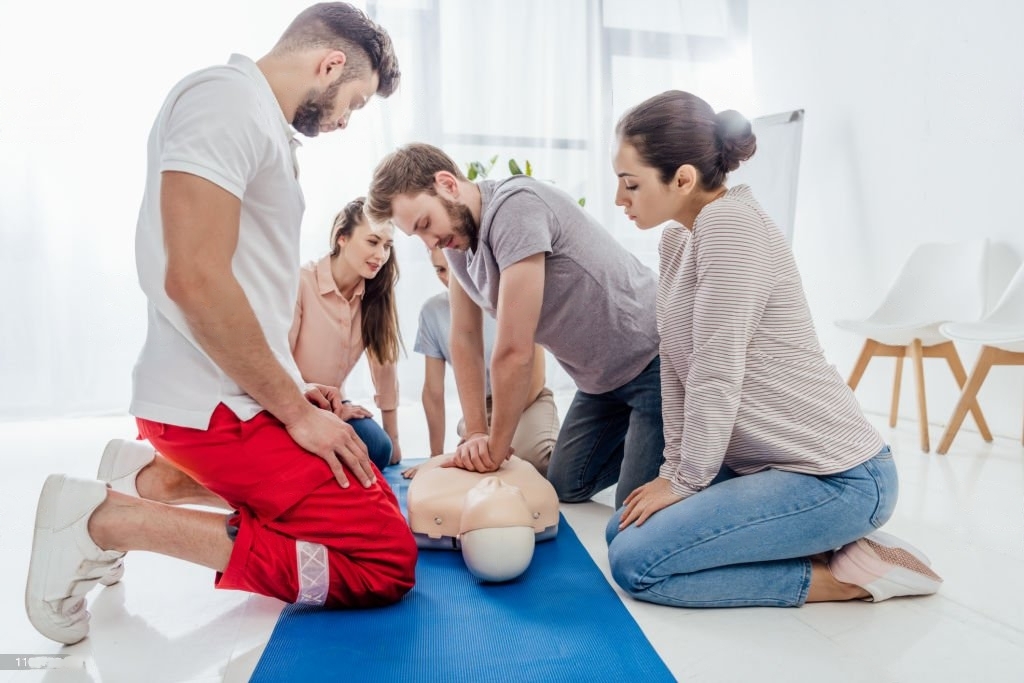
This is the first and most basic level by which you’ll start your CPR training. Upon completing it, you’ll be able to treat adults only. Hence, this level only covers performing CPR on adult humans and using AED.
Although it might sound like a limited level, training-wise, it’s enough to treat most emergencies requiring CPR. For example, at home, work, and the street. Plus, most employers send their employees to get level A CPR training to meet workplace safety requirements.
Additionally, a handful of companies provide this training for their employees to get level A CPR training through them. Level A has crucial information about treating emergencies, and it only takes less than 7 hours!
- Level B
The next level of CPR is level B. This level of training teaches you everything in level A. In addition, it focuses on dealing with child emergencies (not infants). It may require a different approach to CPR techniques and AED placement due to the differences in body mass between adults and children.
Also, it’s highly recommended that parents know the techniques included in this training. It’ll be of great benefit to their knowledge and will prepare them for any emergency occurrences.
- Level C
With Level C CPR, it’s the full package! Let’s break it down. Level A teaches you how to treat adults. Level B teaches you how to treat adults and children. Now, level C teaches how to treat adults & children, and infants!
It’s the level taught to firefighters, police officers, and lifeguards! Undoubtedly, all these professionals mentioned have to be on point regarding CPR, mainly because it’s an integral part of their profession.
At Securtac, we ensure our qualified instructors teach our students the level C certification. Now that we have explained the differences between the different levels of CPR, let’s talk more about the two types of First Aid training available.
Different Types of First Aid Training
Emergency First Aid
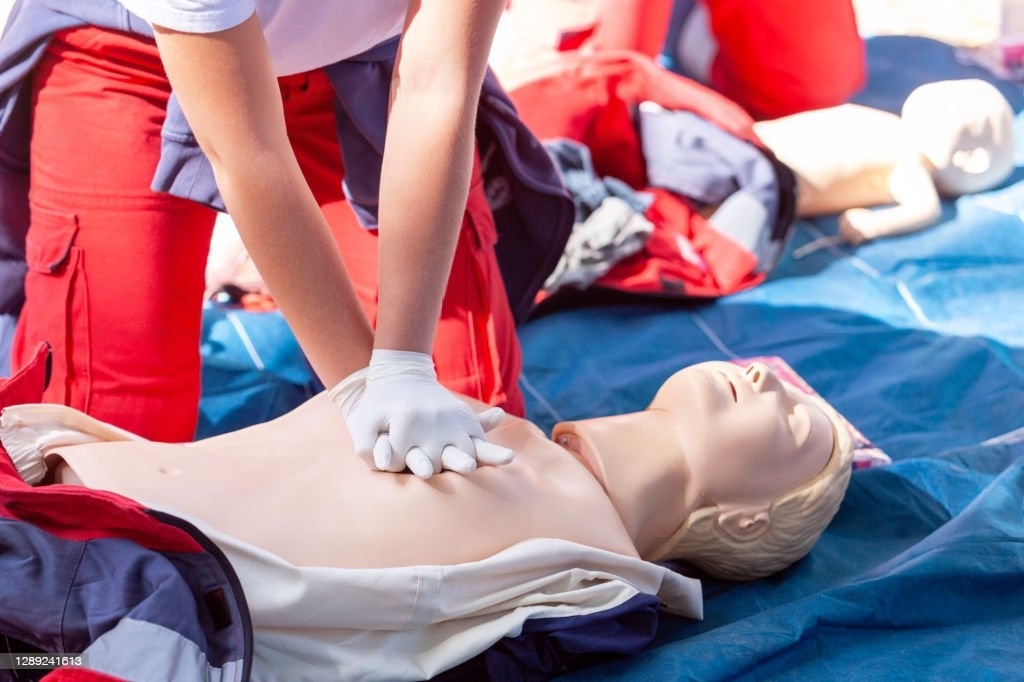
Emergency first aid is a one-day course that lasts 6.5 hours, and it covers the necessary skills you need for the home and workplace. Upon completing this course, you’ll be able to recognize any emergencies and respond to them immediately and effectively.
You’ll learn how to deal with and prevent circulation problems in affected individuals. Additionally, you’ll know how to deal with opening the airway and breathing emergencies, treating small open wounds, and preventing disease transmission.
Standard First Aid
Standard first aid takes two days to complete and takes 8 hours per day. It’s for those who need it because of their work requirements or want more in-depth knowledge on how to treat wounds and how to handle larger or higher risk environments with broader illnesses.
Furthermore, you’ll go in-depth about handling joint, muscle, and spinal emergencies. Last but not least, you’ll be able to deal with any chemical, poisoning, or environmental emergencies.
Basic Life Support (BLS)
BLS is ideal mainly for healthcare providers, doctors, and pharmacists. Upon taking this course, you’ll be able to treat a broad range of emergencies and a variety of urgent scenarios. For example, CPR, overdose, trauma, etc.
Now that you know enough about CPR let us tell you about Securtac’s Emergency First Aid with CPR and AED Course. Plus, how you can sign up and complete the process of becoming a licensed security guard!
Securtac’s Emergency First Aid with CPR w/ AED Courses
At Securtac, we ensure the highest level of quality, which is why we ensure that all the courses and instructors we use are certified and approved by the government and the Worker’s Safety & Insurance Board (WSIB). All candidates who want to become licensed security guards must take the first aid CPR course. We encourage students to take the one-day Emergency First Aid CPR course as the basic requirement to become a licensed Ontario security guard.
Furthermore, our training is for more than just security guards. We also provide our first aid CPR courses for any job that requires it. We can provide training to education facilities, corporate settings, and environments. We can travel to your location, or offer one of our rented facilities.
All our courses are approved federally by Employment and Social Development Canada (ESDC) and provincially by its applicable Workers Safety & Insurance Board. Generally, certificates are valid for three years from the course date.
We recommend wearing comfortable clothes if you enroll in any of these courses, as it’ll be hands-on training. You can sign up by visiting this link: https://elearning.securtac.ca/ or by contacting us.
